If you’re new to the world of coffee, choosing the right beans can feel overwhelming. Arabica, Robusta, light roast, single origin, blends, what does it all mean? Don’t worry. This guide will walk you through the basics of coffee beans so you can start brewing with confidence and find a flavor that fits your lifestyle.
Why Your Beans Matter
Coffee isn’t just coffee. Behind every cup is a bean with its own story, flavor profile, and ideal brewing method. By understanding bean types, roast levels, and origins, you can unlock a whole new world of taste and freshness.
Arabica vs. Robusta (and Others)
Arabica:
-
Grown at higher elevations
-
More delicate, smooth, and often fruity or floral
-
Lower in caffeine
-
Makes up about 60% of the world’s coffee
Robusta:
-
Grown at lower elevations
-
Stronger, more bitter flavor
-
Higher caffeine content
-
Often used in espresso blends for crema and body
Other Types:
-
Liberica and Excelsa are rare, but offer exotic and unique flavors.
If you're new to coffee, Arabica is generally a smoother and more accessible place to start.
Roast Levels: Light, Medium, Dark
Light Roast:
-
Retains most of the bean’s original flavors
-
Higher perceived acidity
-
Best for pour-over or drip
-
Example: Ethiopia Guji (fruity, floral)
Medium Roast:
-
Balanced flavor and aroma
-
Smooth and slightly sweet
-
Good for almost any brew method
-
Example: Guatemala Isabel (nutty, cocoa)
Dark Roast:
-
Bold, bitter, and smoky
-
Low acidity
-
Ideal for espresso or cold brew
-
Example: Sumatra (earthy, dark chocolate)
Single-Origin vs. Blend
Single-Origin:
-
Beans from one region or farm
-
Clear, distinct flavor profiles
-
Great for coffee lovers who enjoy nuance and variety
Blends:
-
Mix of beans from different places
-
Balanced and consistent
-
Often used in house or espresso blends
Try both to find what suits you best. Single-origins are great for discovery, while blends offer reliability.
Whole Bean vs. Ground Coffee
Whole Bean:
-
Stays fresh longer
-
Grind it fresh for your brew method
Pre-Ground:
-
More convenient
-
Can go stale faster if not stored properly
For best flavor, we recommend grinding your own beans just before brewing.
Understanding Flavor Notes
Ever see "blueberry" or "chocolate" on a coffee bag? Those aren’t added flavors, they’re natural tasting notes. Just like wine, coffee takes on subtle flavors from the soil, climate, and processing methods.
Taste can include:
-
Fruit (berry, citrus, apple)
-
Nutty (almond, walnut)
-
Sweet (caramel, honey)
-
Earthy (herbs, spices)
How to Choose the Right Bean
Taste preference:
-
Smooth and mellow: Brazil Mogiana
-
Fruity and bright: Ethiopia Guji
-
Rich and bold: Sumatra
Brew method:
-
Espresso: Try a dark roast
-
Pour-over: Light to medium roast
-
Cold brew: Medium to dark roast
Not sure? Take our [Coffee Match Quiz] to find your perfect fit.
Final Thoughts
Choosing your coffee beans doesn’t have to be complicated. Start simple, trust your taste buds, and don’t be afraid to try something new. Coffee is an experience and the right bean makes all the difference.
Ready to explore? Browse our roasts or take the quiz today.

